Exploring the Beauty and History of Rip City Dahlia in Urban Gardens
The Rip City Dahlia is more than just a flower; it is a symbol of beauty, resilience, and urban gardening culture. Originating in the Pacific Northwest, this unique cultivar has captured the hearts of many gardening enthusiasts, transforming urban spaces with its vibrant colors and exquisite forms. In this article, we will explore the beauty and history of the Rip City Dahlia, its significance in urban gardens, cultivation techniques, and its impact on community and biodiversity.
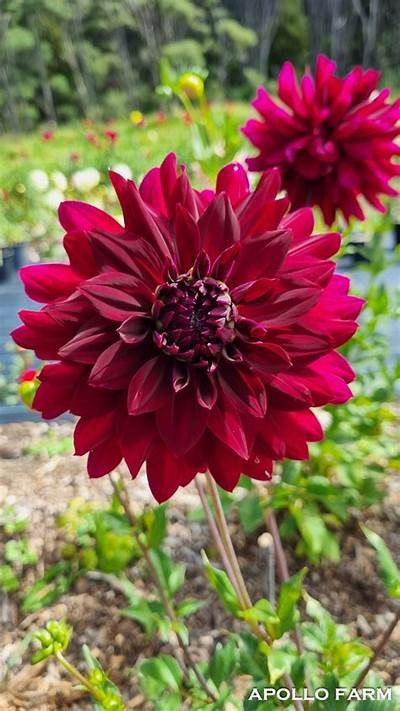
Dahlias are native to Mexico and were first discovered by Spanish explorers in the 16th century. The flower was introduced to Europe in the 18th century, where it quickly gained popularity. However, it wasn’t until the 19th century that various cultivars began to emerge, including the Rip City Dahlia. This section will delve into the history of dahlias, touching on their introduction to the United States and the development of different varieties over time.
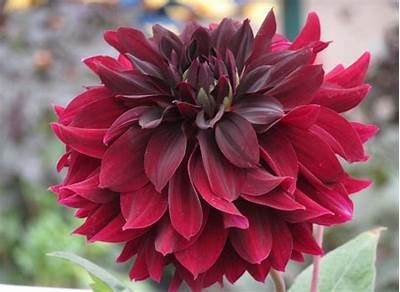
Named after Portland, Oregon, commonly referred to as "Rip City" due to its vibrant basketball culture, the Rip City Dahlia was officially cultivated in the early 2000s. This section will highlight the individual who developed this specific cultivar and the inspiration behind its name, as well as how it reflects the spirit of Portland and its connection to the natural environment.
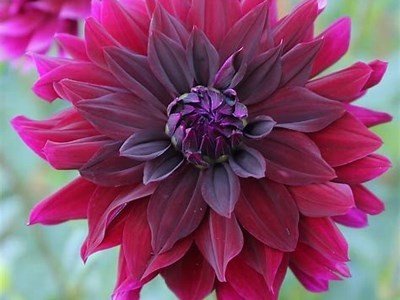
The Rip City Dahlia is distinguished by its stunning visual appearance, featuring large, multi-petaled blooms that can range in color from bright red to deep burgundy. This section will provide a detailed description of its physical characteristics, including size, shape, and color variations. Additionally, we will explore the factors that contribute to its popularity among urban gardeners.
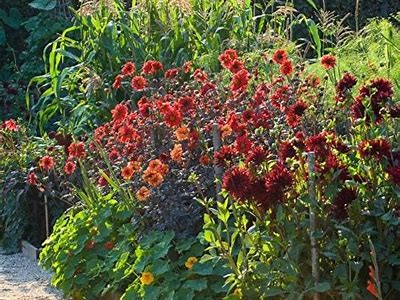
Growing Rip City Dahlias in urban settings requires specific cultivation techniques to ensure they thrive amidst the challenges of city life. This section will detail the best practices for planting, watering, and fertilizing dahlias, including recommendations for soil types and pest management. Furthermore, we will discuss the importance of location and exposure to sunlight for optimal growth.
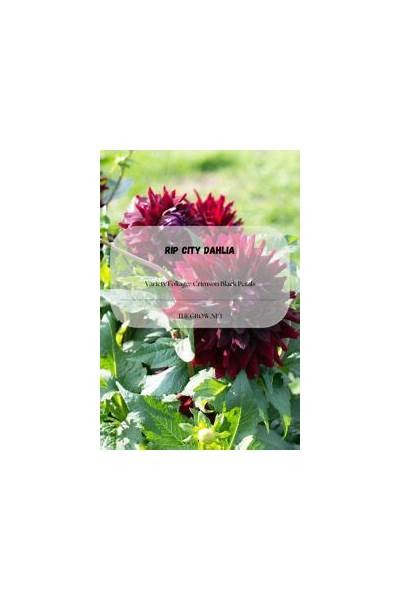
Urban gardens are essential for creating green spaces in densely populated areas. The Rip City Dahlia plays a significant role in this context, enhancing the aesthetic appeal of urban landscapes. This section will explore the various ways in which these flowers contribute to urban gardening initiatives, involving community engagement, landscape design, and ecological benefits. Community Engagement through Dahlia Festivals
One of the most significant aspects of the Rip City Dahlia is its role in fostering community engagement. Dahlia festivals and exhibitions are regularly organized in cities across the nation, promoting the love of gardening and local biodiversity. This section will highlight some notable dahlia festivals and discuss their impact on community building, education, and environmental awareness. Biodiversity and Rip City Dahlia
The cultivation of Rip City Dahlias is not just about aesthetics; it also has implications for urban biodiversity. This section will explore how these flowers can serve as vital resources for pollinators and contribute to the overall health of urban ecosystems. We will also discuss the importance of diverse plant species in combatting climate change and enhancing resilience in the urban environment. The Future of Rip City Dahlia in Urban Gardening
As urbanization continues to escalate, the need for green spaces and sustainable gardening practices becomes more crucial. The Rip City Dahlia is well-positioned to play a significant role in these efforts. This section will discuss emerging trends in urban gardening, including vertical gardens and community gardening, and how dahlias fit into these innovative practices. Conclusion
The Rip City Dahlia is a testament to the beauty and resilience of urban gardens. Its striking appearance and adaptability make it a beloved choice for urban gardeners, and its history reflects a deep connection to the community. As we continue to face challenges in urban environments, the cultivation of flowers like the Rip City Dahlia will remain vital for enhancing our surroundings, supporting biodiversity, and fostering communal bonds through the joy of gardening. Tags






